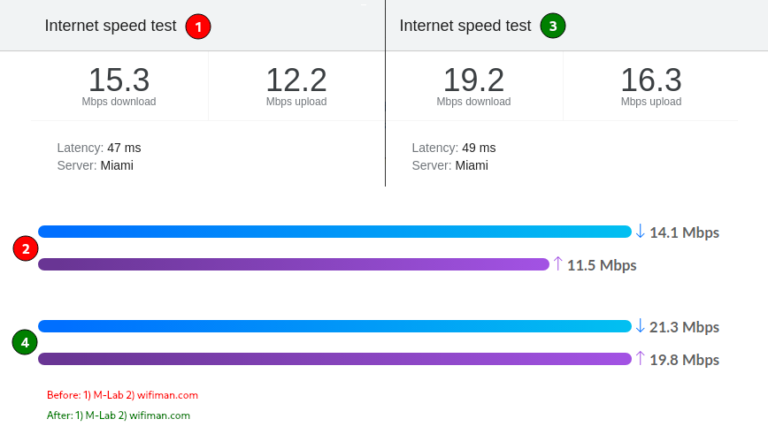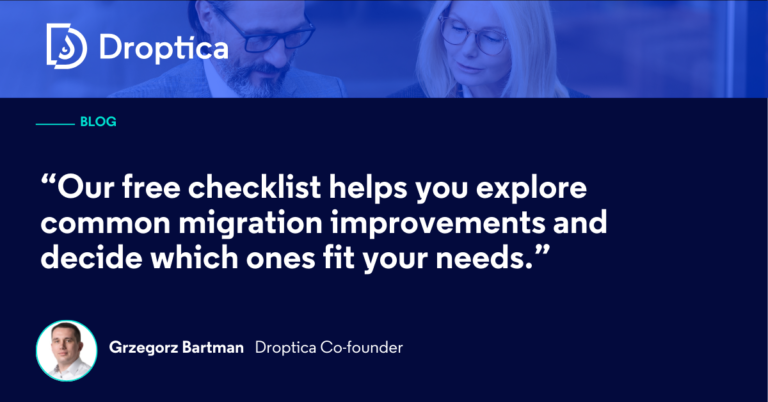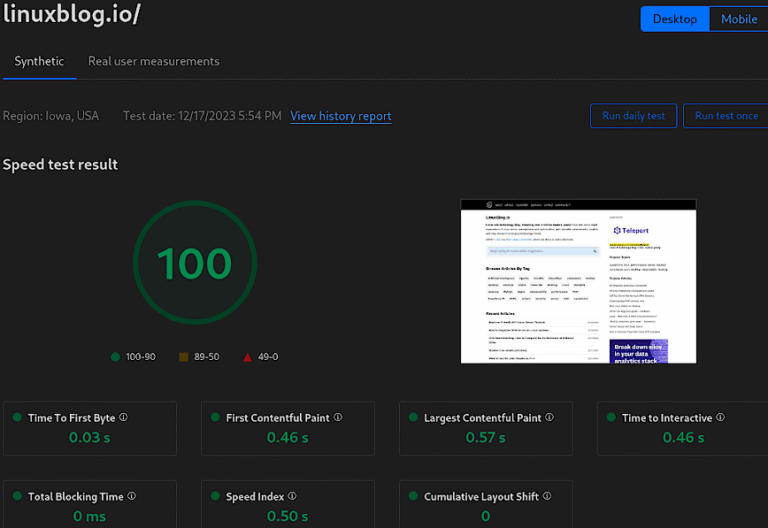
The security risks associated with public and hybrid clouds do not outweigh their benefits. Organizations should not let security concerns deter them from adopting cloud solutions. Instead, they should focus on selecting cloud services based on their specific requirements and cost-effectiveness, ensuring robust security measures are in place.
Key Benefits of Public vs. Private Cloud
Security is another critical aspect. Although ensuring the security of public cloud services is essential, it ultimately saves time and money compared to building an in-house security infrastructure. The agility offered by public cloud services allows companies to handle seasonal workloads and temporary services efficiently, scaling resources up or down without significant capital expenditure. Additionally, public cloud services facilitate easier and more efficient global deployments.
Hybrid multi-cloud solutions are gaining enterprise traction, allowing organizations to better leverage competitive cloud providers. This approach enables businesses to switch providers as needed, similar to how consumers switch between utility providers. Hybrid multi-cloud solutions are particularly beneficial for disaster recovery and failover, and they support global operations effectively. However, they also introduce new challenges in terms of management and contracts, requiring careful navigation to maximize benefits.
Is Hybrid Truly the Best of Both Worlds?
Hybrid cloud solutions offer a blend of public and private cloud benefits, though there are considerations to keep in mind. One of the main advantages of a hybrid cloud approach is cost management, as it helps mitigate the unpredictable costs associated with public cloud usage. Hybrid clouds also enhance disaster recovery capabilities by leveraging the cloud as a cost-effective DR solution.
In the era of digital work, managing the digital employee experience (DEX) is crucial, particularly with the rise of hybrid and remote work models. Hybrid cloud solutions are playing a pivotal role in supporting these flexible work arrangements. According to recent statistics, around 74% of enterprises are leveraging hybrid or multi-cloud strategies, demonstrating a clear preference for combining the benefits of public and private clouds. Additionally, a significant 83% of companies’ workloads are now stored on the cloud, underscoring the widespread adoption of cloud-based solutions to enhance end user computing. As organizations strive to maintain productivity and collaboration across dispersed teams, the hybrid cloud emerges as a key enabler, offering both flexibility and robust infrastructure.
The Role of Hybrid Multi-Cloud
Hybrid cloud solutions offer a compelling combination of public and private cloud benefits, while hybrid multi-cloud strategies provide additional flexibility and global reach. Security concerns should be addressed but not overstated, and organizations should carefully evaluate their specific needs to determine the most suitable cloud solution. Moreover, the increasing reliance on hybrid cloud for end-user computing (including the use of virtual desktop infrastructure (VDI), DaaS and Cloud PCs) makes using advanced DEX even more critical. A well-managed DEX ensures that employees can effectively collaborate and maintain productivity regardless of their location, ultimately supporting the broader goals of the organization in a hybrid work environment.
Do Security Risks Outweigh the Benefits of Flexibility and Cost?
Choosing the right cloud solution depends on several factors, including the type of service required, speed, time to value, and location. This makes it a complex decision that must be tailored to each organization’s needs. Regardless of whether services are on-premises, hybrid, or public cloud, they should function seamlessly to provide flexibility and efficiency. A heterogeneous cloud environment can offer the best mix of capabilities to meet diverse business needs.
Establishing the Right Cloud Solution for Your Enterprise
By Simon Townsend
Performance is another area where hybrid clouds excel, keeping employees, data, and services closer together to improve responsiveness. Hybrid solutions also support data sovereignty requirements, ensuring that data remains within specific geographic boundaries as mandated by regulations.
When evaluating public versus private cloud solutions, several key benefits emerge for each. Public cloud services significantly reduce capital expenditure, as organizations do not need to invest in additional hardware or infrastructure. This allows for faster service enablement with less upfront investment. Public cloud also offers robust disaster recovery (DR) and failover capabilities, eliminating the need for organizations to manage separate DR locations.






